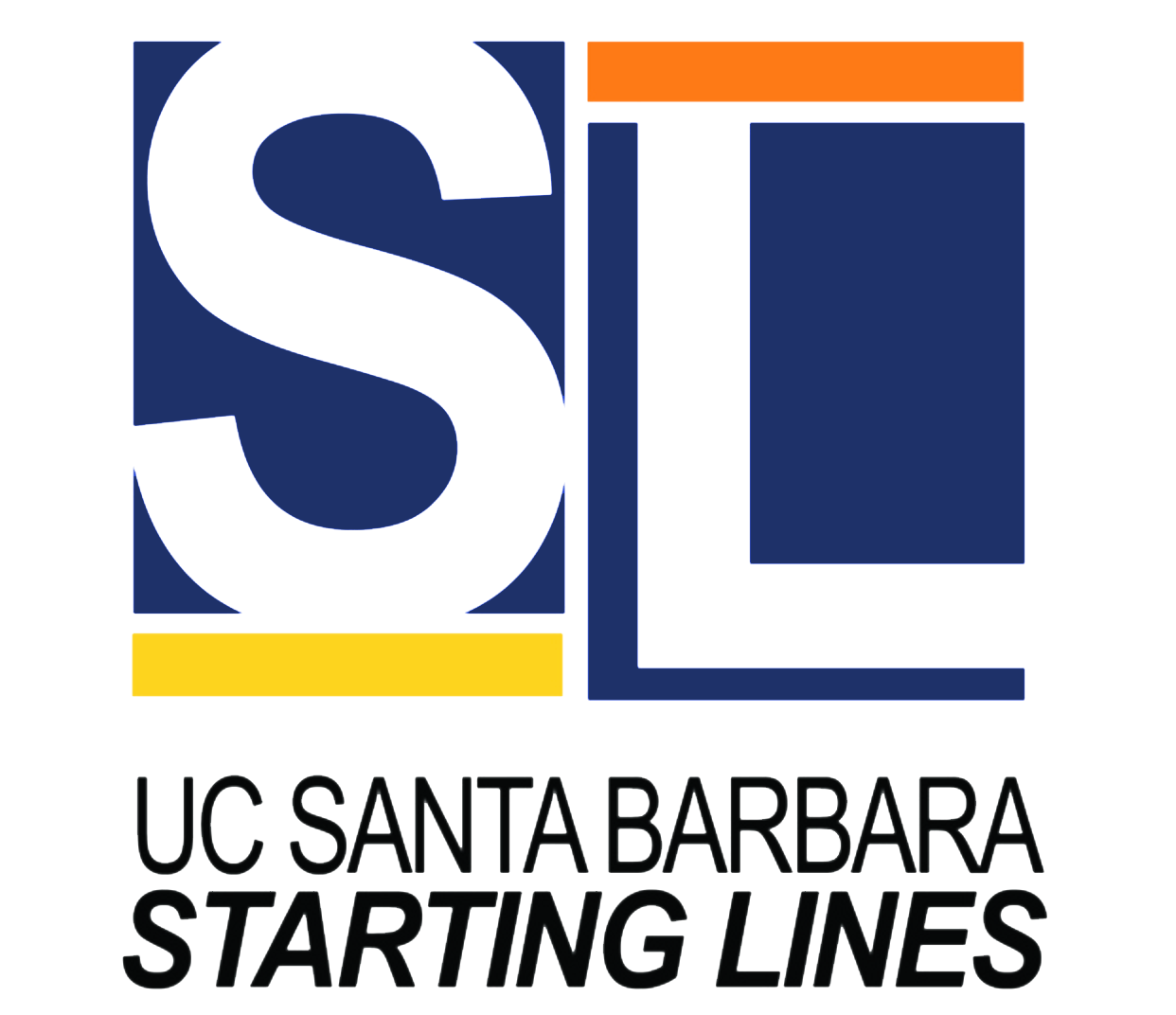Background for this lesson: This lesson is designed as a follow-up after each student has hand-written a summary in class. (Our summaries were about a variety of presentations, but they could be about readings, video clips or more).
Objective: By the end of this lesson, successful students will be able to identify three or more devices used in several Starting Lines essays. Then, they will edit their own summary (from the last class) by imitating at least three of these five devices reviewed.
Reference: Starting Lines 2016 & 2017 editions, p. 52/ p. 48 (2017); p. 56-58 (2016). Many essays lend themselves to this task.
Materials: Provide copies of each of the three Starting Lines essays to all students or use the current edition. Also provide the task handout listing the five devices.
Procedure:
a. Thought question: What aspects of essays are helpful to compare? Elicit answer: the overall essay structure, paragraph elements and academic devices used.
b. Devices: Instructor briefly introduces the list of devices we’ll be comparing in three essays today. (See handout). The devices to be noticed in the Starting Lines essays today include: (1) problem posing; (2) summarizing expert research; (3) statistics; (4) strategic quotations; (5) phrases that differentiate facts, arguments and writer’s opinion.
c. Demonstrate task: Instructor does an example illustrating one of the devices together with the class.
For example: In the final paragraph of the essay, Is Google Really Your Best Friend? (2016 edition, pages 56-58) contrast the difference between the expression that is quoted (“Google is your best friend.”) and the expert research that is quoted (Thompson quote). Contrast how and why these two strategic quotations are effectively used in this essay.
d. Group work (Step 1): Split into smaller groups of four to five students. In each group, students examine ONE essay from Starting Lines (A, B or C) together. They scan and annotate the essay for any/all of the five devices presented under (b). Instructor circulates to help. (Aim for an equal distribution of A, B and C’s).
e. Group work (Step 2): Regroup students into new clusters of three. Each person in this cluster is the expert for a different essay (A, B, C). Having each annotated a different essay, each student now reports back on the devices they found in their essay. Instructor circulates to answer questions.
f. In-class writing task: Revise your summary (from the last class). You will write the second draft of this summary and submit it along with the first draft for comparison. Using color coding (or underlining), indicate where you have added or changed devices used. Be sure to use at least three of the five devices we studied today for full credit.
Sample Handout
Five devices for problem – posing
Today we are noticing how writers used five specific devices to explain a problem and their positions.
Step 1: Examine one assigned essay. From the list below, which devices did your writer cleverly use in this essay? Work with your group and annotate your essay wherever you find these devices (if the writer used them). Make notes about the questions in parentheses.
Group 1: The Role of Schooling in an Unjust Society (p. 48)
Group 2: Unfairness in Online Student Teaching Evaluations (p. 52)
Group 3: Is Google Really Your Best Friend (p. 56, Starting Lines 2016)
Devices
1. A problem-posing introduction (Is it organized more as an enticing hook, as background information or other?)
2. Expert research is summarized (Are the ideas focused on one piece of research or are comparisons being made?)
3. An expert is quoted directly (How much info is directly quoted?)
4. Statistics (Where are they from? How do you know where they are from?)
5. Phrases that indicate an expert’s position (Underline them.)
6. Phrases or questions that indicate the writer’s position (How do you know this is the writer’s position?)
Step 2: You will be regrouped. Report your findings to these people who did not read the same essay. Help them understand where and how the device was used.
